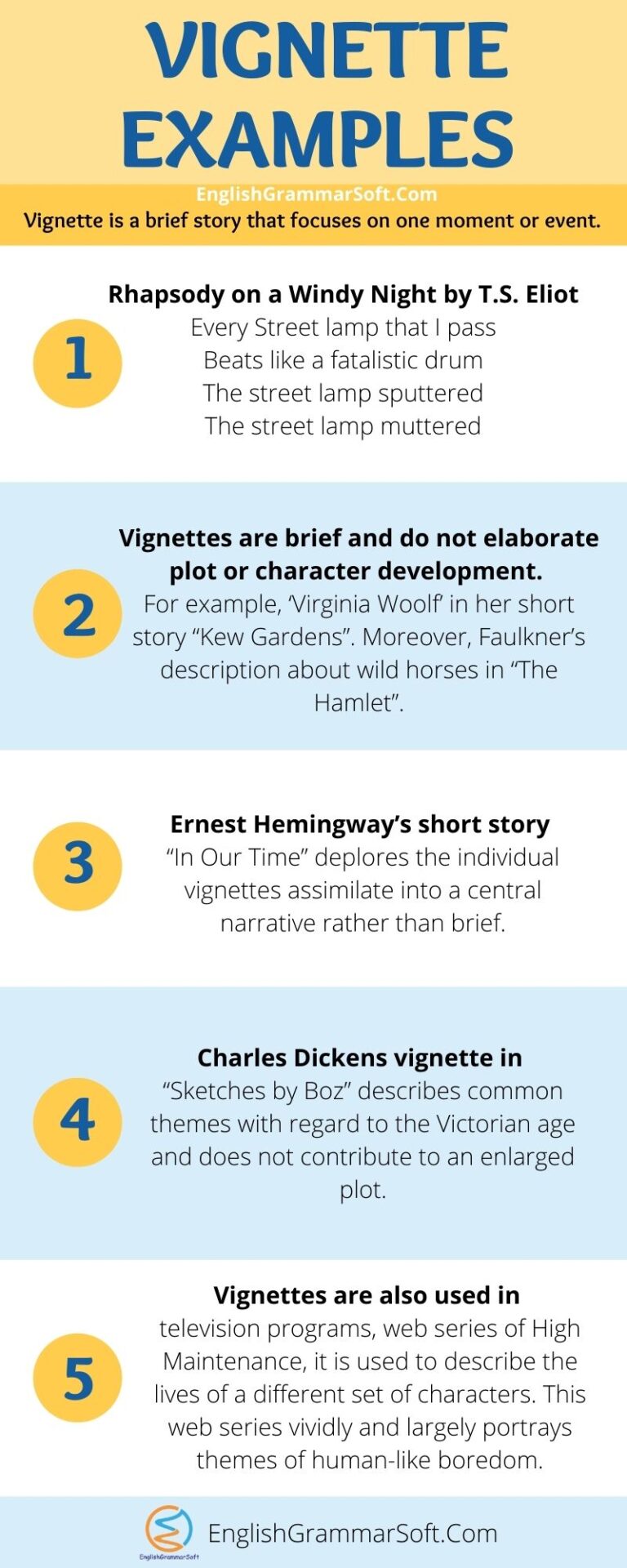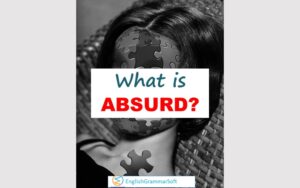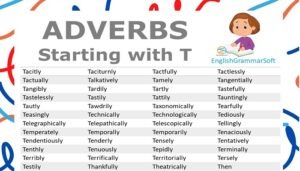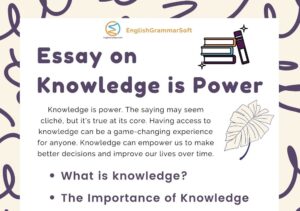Vignette Examples (Literary Devices)
What is Vignette?
Vignette is a French word that translates to “little vine” and in literature, the vignette is a brief story that focuses on one moment or event. A vignette often describes an object or person’s appearance or action. The term came about in the 1600s and was largely used by artists who would create small paintings of people, objects, scenes from nature, etc., as they were called “vignettes.”
A decorative design on a blank page in the book is called a vignette. It usually comes in the beginning and seldom at the end of a page. It is also regarded as a sketch that shows considerable skill.
It resembles a little picture that is applied in the descriptive passage in works. It is also descriptive as it includes both figurative and sensory language. In other words, a picture will tell you the whole story.
Difference between Vignette, Short Story and Flash Fiction
‘Vignette’ is a short scene larger story. It is usually fewer than one thousand words. It gives more visual context to a character. It describes the character’s memory of something. It allows the reader to understand the physical or emotional development of the character.
‘Short Story’ is composed on average of one thousand and above words. Its structure is narrative and features a viewpoint character who goes through some sort of conflict.
Flash Fiction is usually composed of less than one thousand words. It is referred to as “postcard fiction” or “micro-fiction”.
Purpose of using Vignette by Writer:
Vignette is a short piece of writing that is usually brief and to the point. These pieces are often used by writers in order to convey an idea or experience without going into too much detail.
There are three common purposes of using Vignette by the author:
- When writer wants to persuade or convince his audience
- When writer wants to give information about the subject matter
- When the writers wants to give enjoyment to his readers.
Vignette Examples
1. Rhapsody on a Windy Night by T.S. Eliot
Every Street lamp that I pass
Beats like a fatalistic drum
The street lamp sputtered
The street lamp muttered
In Eliot’s “Rhapsody” each intensified vignette presents as disparate, but cumulatively pieces together the garmented experience of modern life England. As the isolated person walks through the street “every street lamp” that he passes bats like a fatalistic drum”. Within the vignette, the simile of the “fatalistic drum” dramatizes the person’s experience of inevitably moving towards a fatal end.
2. Vignettes are brief and do not elaborate plot or character development. Many writers used this literary technique.
For example, ‘Virginia Woolf’ in her short story “Kew Gardens”. Moreover, Faulkner’s description about wild horses in “The Hamlet”. Another example is Turgeneve’s Sketches of a Sportsman and vignette of life in Russia.
Further, the vignettes can be seen in Sandra Cisneros, “The House on Mango Street”. All are the length of a novel but are characterized as an individual vignettes. Each vignette describes common themes, ideas, and characterization that add to a general plot.
3. Ernest Hemingway’s short story “In Our Time” deplores the individual vignettes assimilate into a central narrative rather than brief.
4. Charles Dickens vignette in “Sketches by Boz” describes common themes with regard to the Victorian age and does not contribute to an enlarged plot.
5. Vignettes are also used in television programs, web series, and films. In Web Series of High Maintenance, vignettes are used to describe the lives of a different set of characters. This web series vividly and largely portrays themes of human-like boredom.
6. Vignettes also use in movies to disclose the detail about the inner world and previous lives of characters.
7. Netflix series “Orange is the New Black” describes flashbacks of each character’s past in detail. Similarly, the Western anthology film “The Ballad of Buster Scruggs” is also composed on vignettes, and Rob Reiner’s romantic comedy “When Harry Met Sally” reflects the vignettes of elderly couples telling the story of their union.
8. Vignettes are further used in psychological research to describe a hypothetical situation, in which participants respond and then react to the situation present before them.
Writers who used Vignette in writing
- Elice Walker
- Margret Atwood
- Virginia Woolf
- Turgenev
- Sandra Cisneros

Further Reading
- Examples of Assonance
- Examples of Innuendo
- Examples of Exclamation in Literature
- Onomatopoeia Examples
- Interrogation Examples in Literature
- Types of Paradox in Literature
- Oxymoron Examples from Literature
- Synecdoche Examples in Literature
- Figures of Speech with Examples
- Antithesis Examples in Literature
- Euphemism Figure of Speech
- Pun Figure of Speech
- Metonymy Classification & Examples
- What is a simile in literature? How to write a good simile?
- Types of Metaphor with Examples
- Apostrophe as a Figure of Speech
- Personification with Examples
- Hyperbole Definition and Examples
- Fable Meaning and Examples in Literature
- What is Epigram in Figure of Speech?






